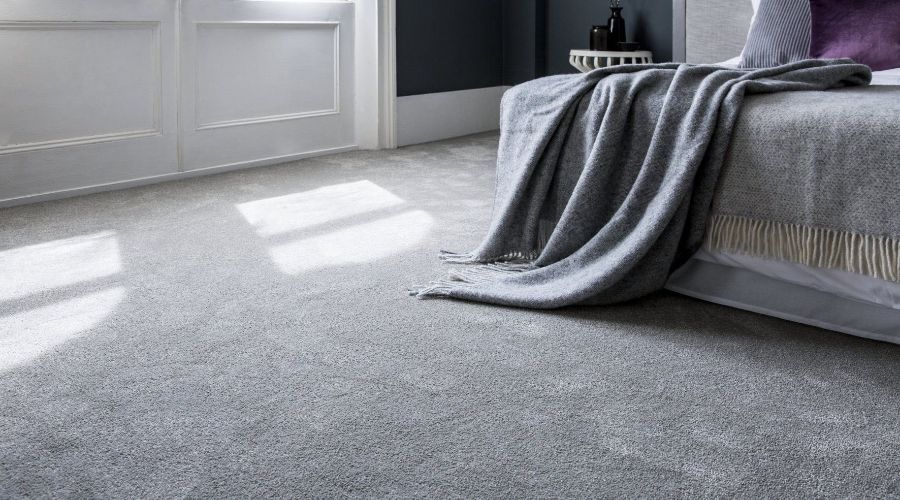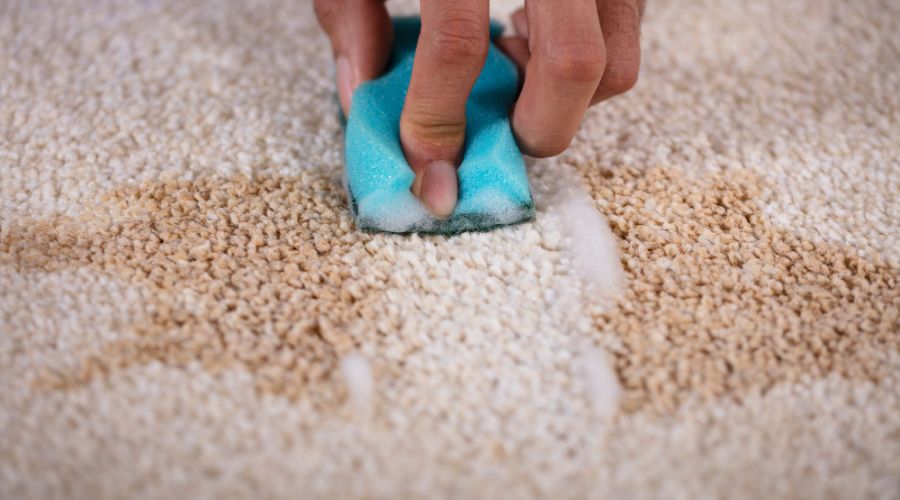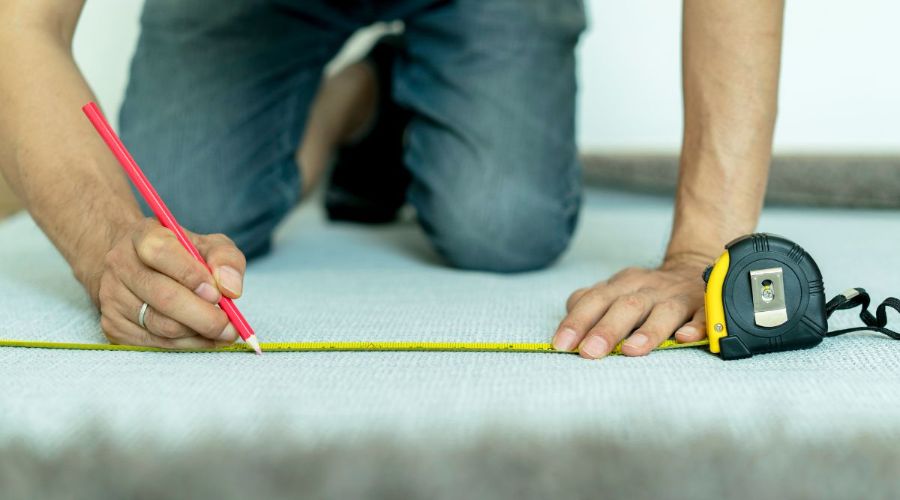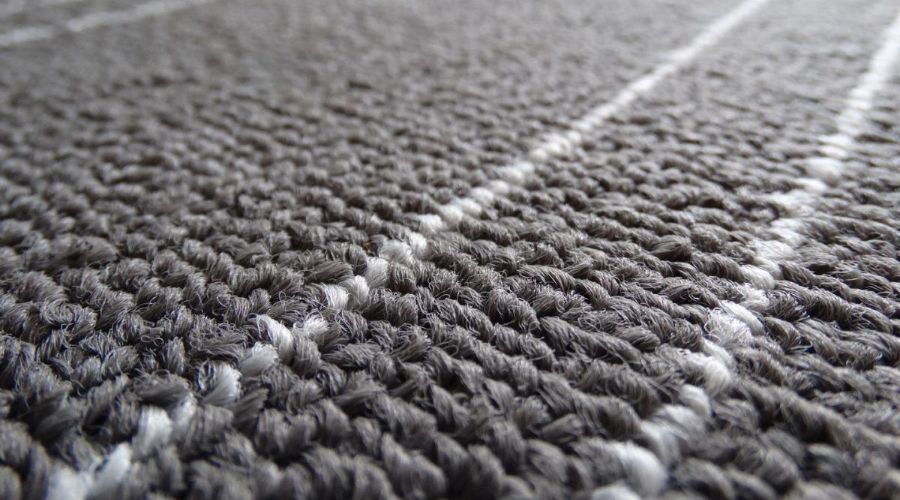Vinyl plank flooring has become more common because of its toughness, affordability, and simplicity of installation. If your floors are carpeted but you’re thinking about updating your flooring, you might be wondering if you could simply lay vinyl planks over the carpet. We shall examine the viability of this do-it-yourself project in this detailed tutorial. In this article by the best carpet shop Dubai, we will go through the benefits and considerations, and some advice to help you succeed. If you want to upgrade your flooring, read on to find out if installing vinyl plank over the carpet is a good idea.
Advantages Of Installing Vinyl Plank Over Carpet
-
Cost-Effectiveness
You can save time and money by installing vinyl planks over carpets instead of having to remove the carpet.
-
Cushioning Effect
The floor can be made more comfortable to walk on by adding a layer of cushioning on top of the current carpet.
-
Temporary Solution
Installing vinyl planks over the carpet enables simpler removal without harming the subfloor if you are renting or intend to go back to the original carpet in the future.
Considerations Of having Vinyl Plank Over Carpet
-
Height Difference
The floor height will increase after installing vinyl planks over the carpet, which could have an impact on door clearances, room transitions, and the use of existing baseboards.
-
Unevenness And Imperfections
The installation and general appearance of the vinyl planks may be impacted by uneven or damaged regions on carpeted flooring.
-
Reduced Stability
The performance and lifetime of the vinyl planks may be impacted by the carpet’s lack of stiffness and stability of a solid substrate.
-
Warranty Concerns
The manufacturer’s guarantee can be void if vinyl planks are installed over the wall to wall carpets, therefore it’s crucial to read the instructions carefully before starting.
Preparation Steps Before Installing Carpet
-
Clean The Carpet
Vacuum the carpet thoroughly to get rid of any debris, filth, or dust that can interfere with the installation of vinyl planks.
-
Assess The Carpet Condition
Look for any loose threads, tears, or damaged areas. For the vinyl planks to adhere properly, the surface must be level and sturdy
-
Measured And Plan
Make sure you have enough supplies for the full installations by calculating the square footage required for your vinyl planks.
Before Installing Gather The Required Materials And Tools
-
Vinyl Planks
Put out the best vinyl planks for your project. Think about the wear layer, thickness, and installation techniques.
-
Underlayments
It can be necessary to put an underlayment for additional cushioning and to leave the surface, depending upon the state of the carpet and the requirements of the vinyl planks.
-
Utility Knife
A utility knife is used to cut the vinyl board necessary for seamless changes between various flooring surfaces.
-
Tapping Block And Rubber Mallet
A chalk line and measuring tape are mandatory for precise measurements and layout preparation.
-
Transition Strips
It is used to make sure that the vinyl planks are properly connected and have tight seams.
-
Adhesive (If applicable)
Choose an appropriate flooring adhesive in accordance with the manufacturer’s recommendations if installing your vinyl planks requires adhesive.
Step-By-Step Installation Process Of Vinyl Plank Over Carpet
-
Prepare The Room
Clear the space of any furniture, rugs, or other obstructions.
-
Install The Underlayment (if necessary)
Install the underlayment as directed by the manufacturer, making sure it is solid and level.
-
Acclimate The Vinyl Plank
To acclimate the planks to the space’s humidity and temperature, leave them there for at least 48 hours.
-
Start With A Clean And Level Starting Point
Make sure the wall you choose from the beginning point is square and straight. Use a chalk line to denote a boundary.
-
Lay The Vinyl Plank
Using the click-lock method or adhesive installation, install the vinyl planks according to the manufacturer’s instructions.
-
Trim And Cut The Plank
Using a utility knife, measure and cut the planks to fit around doors, corners, and other obstructions.
-
Ensure Tight Seams And Connections
Make sure the boards are firmly fastened together and the transitions are smooth by tapping on blocks and using a rubber mallet.
-
Install Transition Strips
Place transition strips where vinyl planks meet other types of flooring, such as at entrance.
-
Trim Excess Carpet
To give the carpet a neater appearance, trim any exposed carpet edges as necessary.
-
Clean And Inspect
After the installation is finished, wipe the vinyl planks and look for any obvious flaws.
Helpful Tips For A Successful Installation
-
Follow Manufacturer Guidelines
To ensure correct installation and warranty compliance, follow the detailed instructions provided by the vinyl plank manufacturer.
-
Use a Vapor Barrier
If moisture is a problem, think about building a vapor barrier. The vinyl planks will be safeguarded and potential harm will be avoided this way.
-
Allow For Expansion Gas
To allow for natural expansion and contraction, leave a tiny space between the vinyl planks and the walls.
-
Secure Loose Carpet
Use carpet tacks or double-sided carpet tape to fix any loose or visibly wrinkled carpet before putting in the vinyl planks.
-
Seek Professional Advice
If you are wondering if it would be possible or appropriate to lay vinyl planks over your carpet, seek advice from a flooring expert.
Conclusion
It is possible to put vinyl planks over carpet, but there are benefits, precautions, and particular aspects to consider. You can complete a DIY project successfully by comprehending the procedure, setting up the space, choosing the appropriate resources, and according to the step-by-step installation instructions. Before making this flooring upgrade, it is crucial to evaluate the condition of the carpet, any warranty issues, and height variations. It is advisable to speak with a flooring specialist who can offer knowledgeable guidance geared to your particular scenario if you have any questions or issues.





